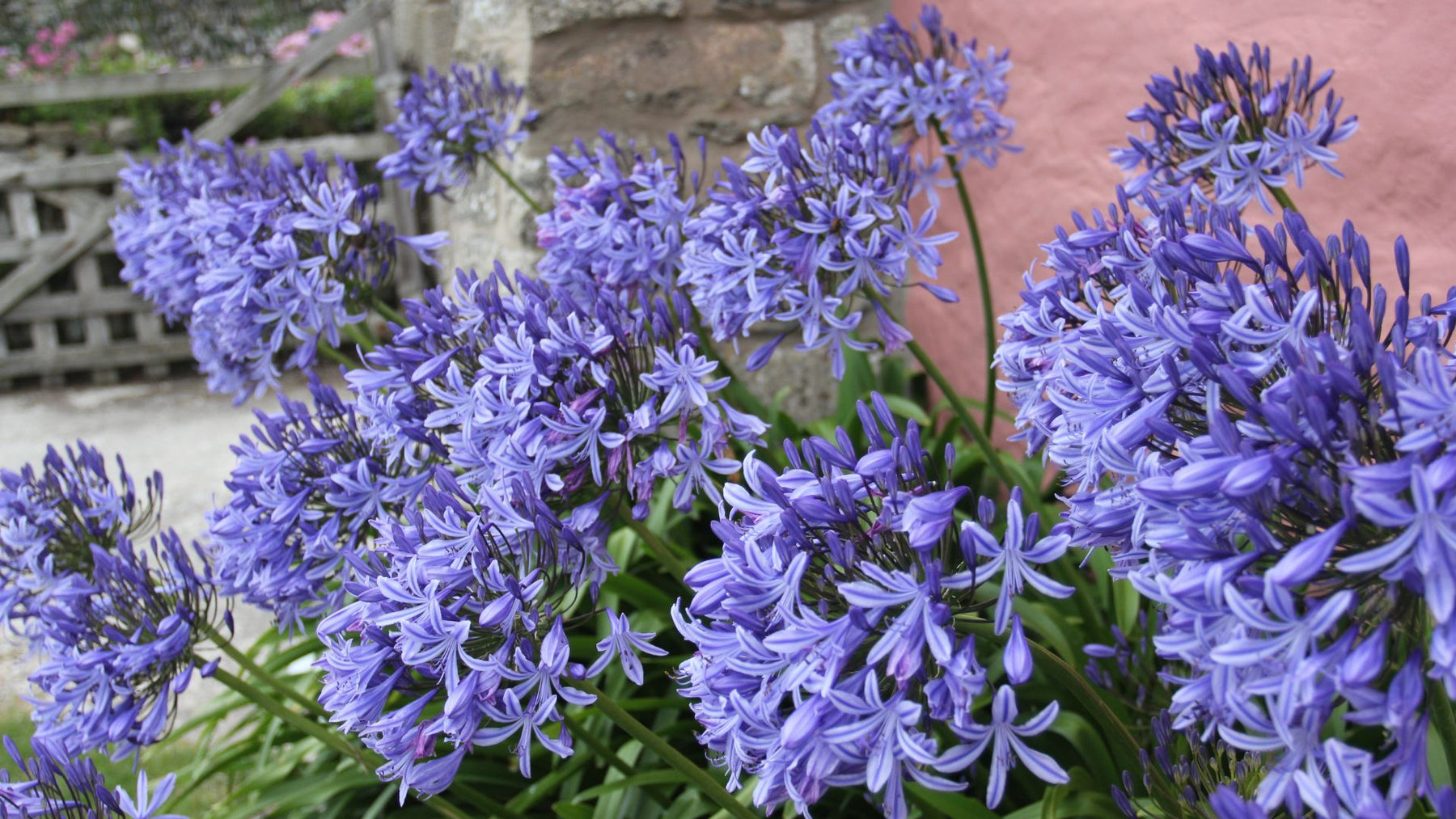
How to grow Agapanthus from a bare root
It’s tricky to pick a favourite plant in the garden, there are so many I love. Different plants conjure up different feelings and memories and, for me, Agapanthus shouts long, sunny summer days and warm evening sat on the patio – what’s not to love?

Agapanthus are so easy and simple to grow but can often be quite pricey to buy. That’s one of the reasons we love a bare root Agapanthus. They are a great way of quickly getting a large and established plant without spending a fortune. Whilst they might not look the prettiest thing on arrival don’t let that put you off. In the next couple of weeks it will be the perfect time to plant them out, provided the ground isn’t frozen or waterlogged.
Deal Of The Week
Agapanthus Blue XXL Bare Root with FREE Charcoal Grey Slate Planter - Was £43 / Now £28 CLICK HERE
These hardy perennials will reward you each year with large ball-shaped flowers heads of trumpet shaped, deep blue blooms. Super low maintenance, just pick a sunny spot in the border or plant in pots and containers, sit back and enjoy the show!
The bare roots themselves can look a little daunting but looks can be deceiving, so please don’t judge an agapanthus by its roots! We recommend soaking the bare root before you plant it out, just pop it in a bucket of water for an hour or two.

Dig a hole slightly bigger than the root, and if you can add a handful of slow release fertiliser such as Fed n Done – this will give your Agapanthus the best start possible and the great news is, because Fed n Done feeds for over four months you can sit back and relax right through until the Summer.
Make sure your Agapanthus is only a couple of centimetres under the soil surface and if your bare roots has some new shoots on it when it arrives don’t worry if these are just poking out above the soil surface. Once planted up give it a good drink and then go and make yourself a hard-earned cuppa, that rather odd looking tangle of roots you’ve just planted out will do the rest.

